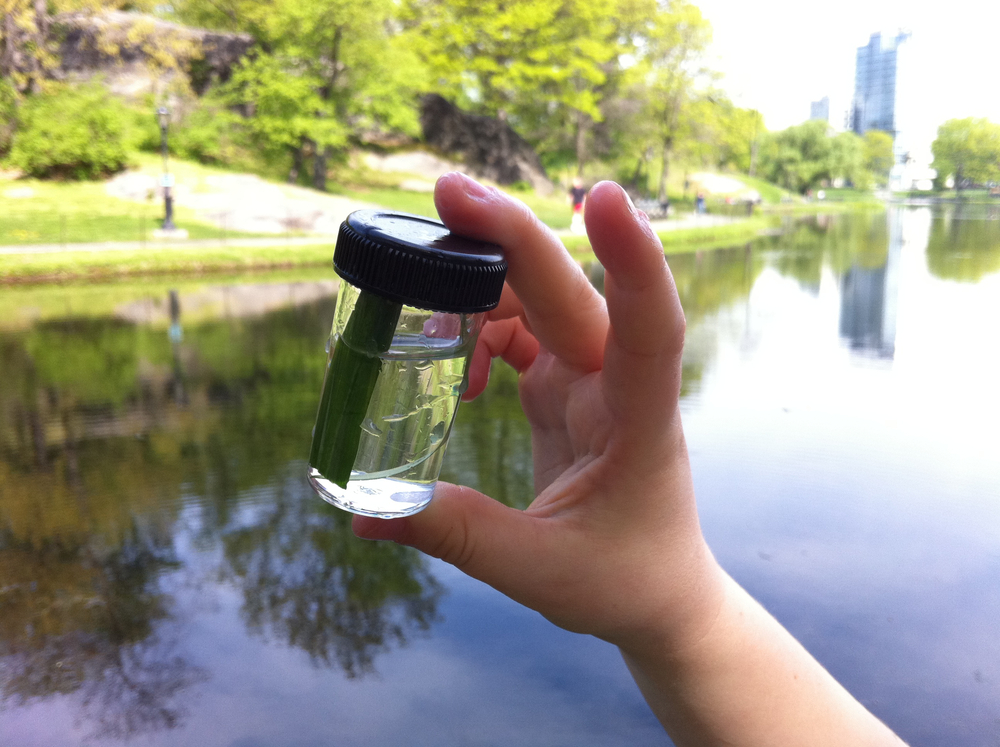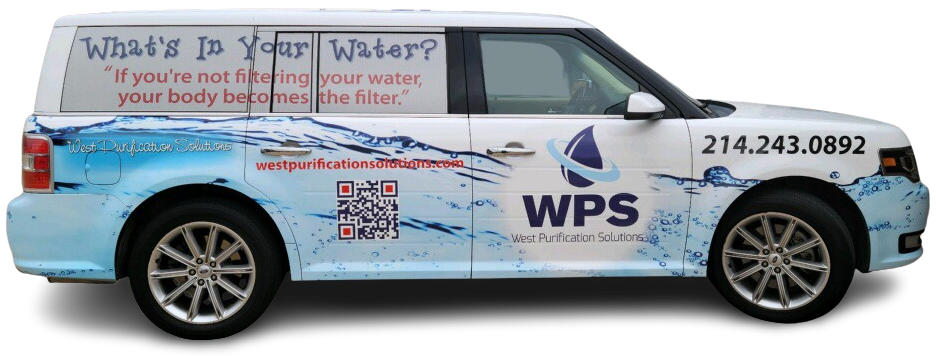Here is the first section of the National Primary Drinking Water Regulations.
The National Primary Drinking Water Regulations (NPDWR) are legally enforceable primary standards and treatment techniques that apply to public water systems. Primary standards and treatment techniques protect public health by limiting the levels of contaminants in drinking water.
This first section focuses on the microorganisms that are known and occur regularly. These are the primary reasons we have so many toxins in our water. The disinfectants added are designed to kill these harmful and potentially deadly risks. In most cases water filtration and purification are not designed specifically for these issues but, more for the harmful disinfectants. However, well water systems and areas with drought conditions, consistent high temperatures, or heavy construction may need to be concerned with these microorganisms. UV light is a common and extremely effective source for homes.
| Contaminant | MCLG1(mg/L)2 | MCL or TT1(mg/L)2 | Potential Health Effects from Long-Term Exposure Above the MCL (unless specified as short-term) | Sources of Contaminant in Drinking Water |
|---|---|---|---|---|
| Cryptosporidium | zero | TT3 | Gastrointestinal illness (such as diarrhea, vomiting, and cramps) | Human and animal fecal waste |
| Giardia lamblia | zero | TT3 | Gastrointestinal illness (such as diarrhea, vomiting, and cramps) | Human and animal fecal waste |
| Heterotrophic plate count (HPC) | n/a | TT3 | HPC has no health effects; it is an analytic method used to measure the variety of bacteria that are common in water. The lower the concentration of bacteria in drinking water, the better maintained the water system is. | HPC measures a range of bacteria that are naturally present in the environment |
| Legionella | zero | TT3 | Legionnaire’s Disease, a type of pneumonia | Found naturally in water; multiplies in heating systems |
| Total Coliforms (including fecal coliform and E. Coli) | zero | 5.0% | Not a health threat in itself; it is used to indicate whether other potentially harmful bacteria may be present5 | Coliforms are naturally present in the environment; as well as feces; fecal coliforms and E. coli only come from human and animal fecal waste. |
| Turbidity | n/a | TT3 | Turbidity is a measure of the cloudiness of water. It is used to indicate water quality and filtration effectiveness (such as whether disease-causing organisms are present). Higher turbidity levels are often associated with higher levels of disease-causing microorganisms such as viruses, parasites and some bacteria. These organisms can cause symptoms such as nausea, cramps, diarrhea, and associated headaches. | Soil runoff |
| Viruses (enteric) | zero | TT3 | Gastrointestinal illness (such as diarrhea, vomiting, and cramps) | Human and animal fecal waste |
- Maximum Contaminant Level Goal (MCLG) – The level of a contaminant in drinking water below which there is no known or expected risk to health. MCLGs allow for a margin of safety and are non-enforceable public health goals.
- Maximum Contaminant Level (MCL) – The highest level of a contaminant that is allowed in drinking water. MCLs are set as close to MCLGs as feasible using the best available treatment technology and taking cost into consideration. MCLs are enforceable standards.
- Maximum Residual Disinfectant Level Goal (MRDLG) – The level of a drinking water disinfectant below which there is no known or expected risk to health. MRDLGs do not reflect the benefits of the use of disinfectants to control microbial contaminants.
- Treatment Technique (TT) – A required process intended to reduce the level of a contaminant in drinking water.
- Maximum Residual Disinfectant Level (MRDL) – The highest level of a disinfectant allowed in drinking water. There is convincing evidence that addition of a disinfectant is necessary for control of microbial contaminants.
2 Units are in milligrams per liter (mg/L) unless otherwise noted. Milligrams per liter are equivalent to parts per million (PPM).
3 EPA’s surface water treatment rules require systems using surface water or ground water under the direct influence of surface water to
- Disinfect their water, and
- Filter their water, or
- Meet criteria for avoiding filtration so that the following contaminants are controlled at the following levels:
- Cryptosporidium: Unfiltered systems are required to include Cryptosporidium in their existing watershed control provisions
- Giardia lamblia: 99.9% removal/inactivation.
- Viruses: 99.99% removal/inactivation.
- Legionella: No limit, but EPA believes that if Giardia and viruses are removed/inactivated, according to the treatment techniques in the Surface Water Treatment Rule, Legionella will also be controlled.
- Turbidity: For systems that use conventional or direct filtration, at no time can turbidity (cloudiness of water) go higher than 1 Nephelometric Turbidity Unit (NTU), and samples for turbidity must be less than or equal to 0.3 NTUs in at least 95 percent of the samples in any month. Systems that use filtration other than the conventional or direct filtration must follow state limits, which must include turbidity at no time exceeding 5 NTUs.
- Heterotrophic Plate Count (HPC): No more than 500 bacterial colonies per milliliter.
- Long Term 1 Enhanced Surface Water Treatment: Surface water systems or groundwater under the direct influence (GWUDI) systems serving fewer than 10,000 people must comply with the applicable Long Term 1 Enhanced Surface Water Treatment Rule provisions (such as turbidity standards, individual filter monitoring, Cryptosporidium removal requirements, updated watershed control requirements for unfiltered systems).
- Long Term 2 Enhanced Surface Water Treatment Rule: This rule applies to all surface water systems or ground water systems under the direct influence of surface water. The rule targets additional Cryptosporidium treatment requirements for higher risk systems and includes provisions to reduce risks from uncovered finished water storage facilities and to ensure that the systems maintain microbial protection as they take steps to reduce the formation of disinfection byproducts.
- Filter Backwash Recycling: This rule requires systems that recycle to return specific recycle flows through all processes of the system’s existing conventional or direct filtration system or at an alternate location approved by the state.
4 No more than 5.0% samples total coliform-positive (TC-positive) in a month. (For water systems that collect fewer than 40 routine samples per month, no more than one sample can be total coliform-positive per month.) Every sample that has total coliform must be analyzed for either fecal coliforms or E. coli if two consecutive TC-positive samples, and one is also positive for E.coli fecal coliforms, system has an acute MCL violaton.
5 Fecal coliform and E. coli are bacteria whose presence indicates that the water may be contaminated with human or animal wastes. Disease-causing microbes (pathogens) in these wastes can cause diarrhea, cramps, nausea, headaches, or other symptoms. These pathogens may pose a special health risk for infants, young children, and people with severely compromised immune systems.







Leave A Comment